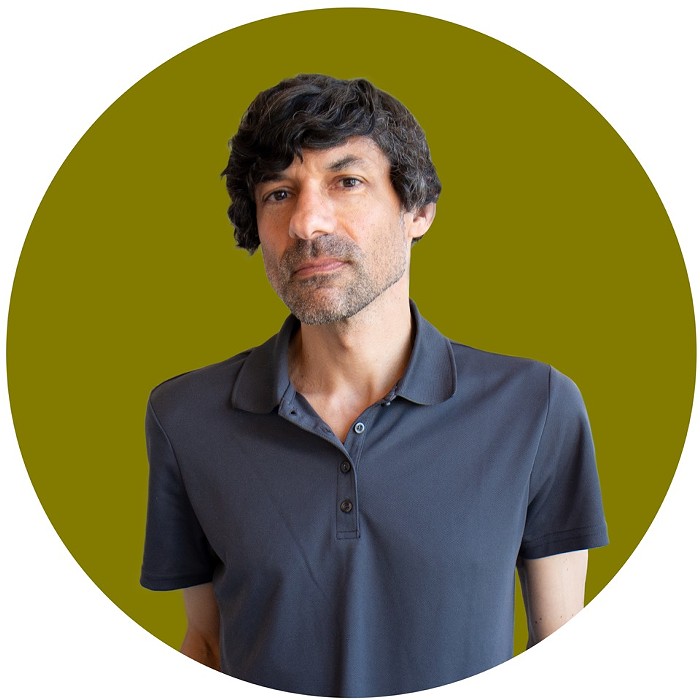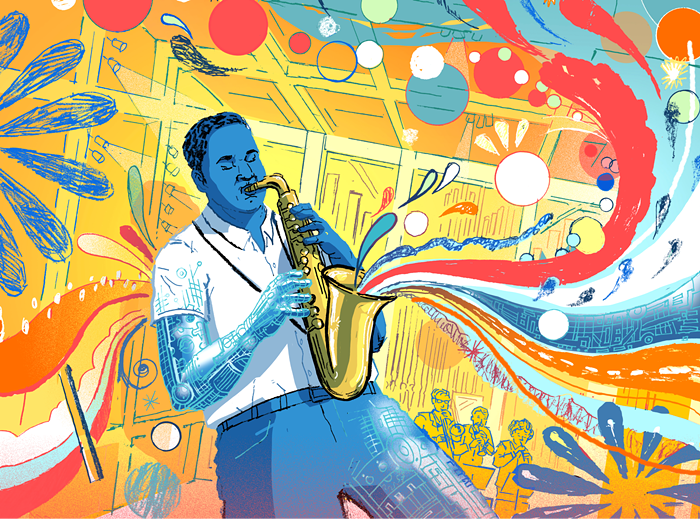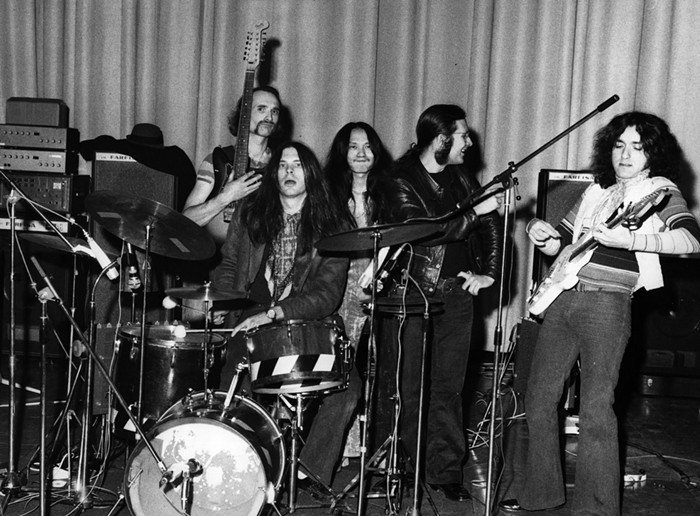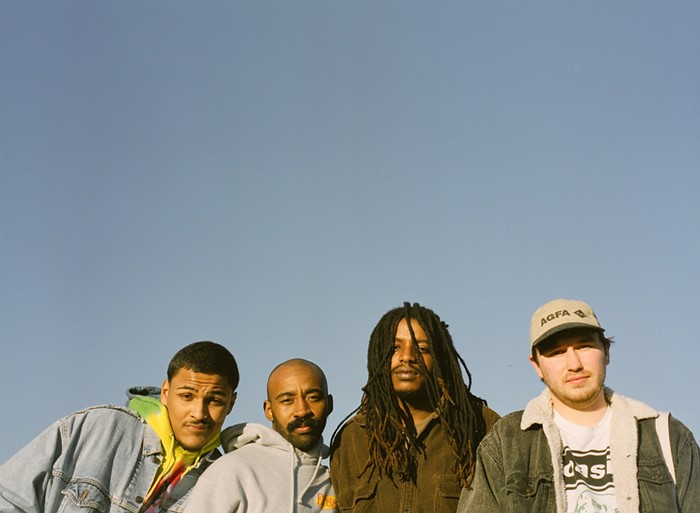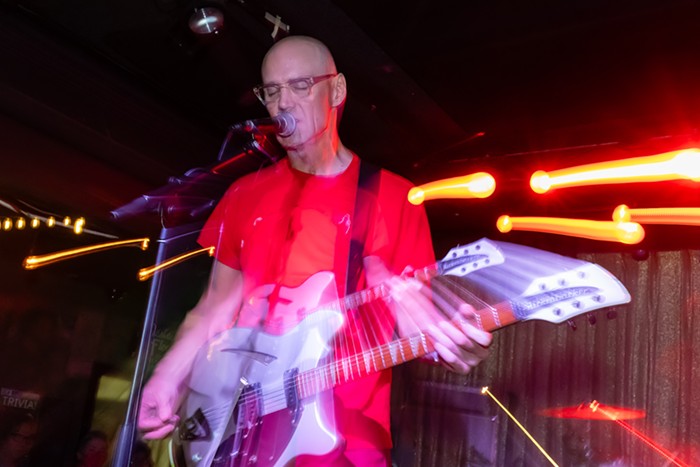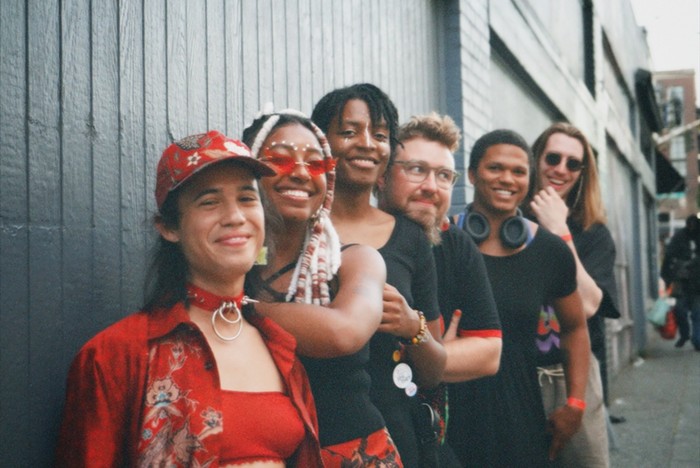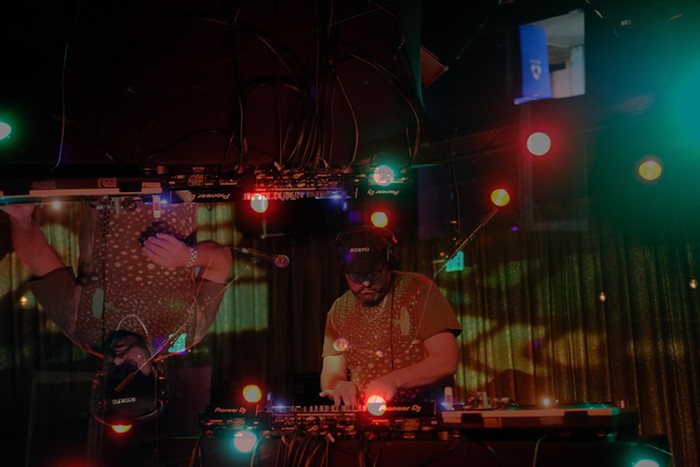
You’re going to see a lot of coverage this week in the Baby Boomer-mediated mediascape about the Beatles’ Rubber Soul turning 50. And, despite there already being metric tons of criticism, biography, and hagiography about the Fab Four, I’m okay with that. (I’m also okay with you being fed up to your eyeballs with Beatles chatter. Enjoy your moral superiority in good health.)
No question, Rubber Soul’s an important album, an evolutionary leap in the catalog of the most influential and popular rock group of the ’60s. It’s where the Beatles really cohered as a unit and took control of their image. But it isn’t flawless and—“The Word” notwithstanding—it may not be as germane and palliative for our current wretched, stressful climate as something like, say, Laraaji’s Ambient 3: Day of Radiance. That LP is also celebrating an anniversary; it turned 35 this year and recently received a beautiful reissue (including liner notes by Pat Thomas) by Glitterbeat, a German label run by former Seattle musician Chris Eckman of the Walkabouts. I have mad love for most of the Beatles catalog, but today I’m asking you to set aside your obeisance to the canon for a moment and bask in the fresh, rare air of Laraaji. Because I care about your mental health.
But let’s get back (get back) to the Beatles. What more can be said about Rubber Soul than what critics like Bob Stanley, Rob Sheffield, and the guy in the Wall Street Journal are reiterating this week? Not much, guv’nor.
Its 14 songs are probably more familiar to you than are your own family members, and more pleasing. Most of the tunes hold up to hundreds of listens. Generally speaking, they are the epitome of pop sophistication compositionally and production-wise (big up, George Martin). Hints of drugginess begin to seep into the mix, notably tracks like “Norwegian Wood,” which fused Lennon’s Dylan-esque lyrical delivery with George Harrison’s tentatively lecherous sitar, the momentous sway of “Nowhere Man” (sweetest self-pity) and the mid-period George peak “If I Needed Someone.” These weren’t on the level of the full-on LSD party of Revolver at its best, but you could definitely smell weed in the stretched vowels and longing melodies.
Elsewhere,“I’m Looking Through You" is one of Paul McCartney’s toughest rockers of that era, and “Michelle” one of his most croissantly ballads. Harrison’s “Think for Yourself” offers timeless advice couched in a deceptively defiant, almost vengeful tone. Lennon’s “Girl” is a gorgeous, understated sigh of a song and “In My Life” has become the go-to cut for survivors to reminisce over their deceased loved ones. Its profound poignancy contrasts with the melodiously misogynistic “Run for Your Life,” which possesses John’s shittiest line: “I’d rather see you dead, little girl, than to be with another man.” (Newsflash: Musical genius contained multitudes, was a bastard toward women.) In other bad news, the corny “Drive My Car” and “What Goes On” (the Ringo table scrap) long ago started to irk, their damnable catchiness a scourge on my sanity… and maybe yours, too. Still, CLASSIC, 5 stars, would listen again… in five years… maybe.
If familiarity hasn’t exactly bred contempt with Rubber Soul, the luster has faded a bit and in our current situation of mass shootings, terrorism, police brutality, ecological peril, politicians openly contemptuous of women, minorities, science, etc., and Spotify, the record sounds like a quaint bauble from a gilded era. Sure, 1965 likely sucked just as hard as 2015 does (I was 3; cut me some slack), but the free-floating angst wasn’t as amplified as it is now.
Perhaps Laraaji’s music is the antidote to what ails us. Day of Radiance (truth in titling) came into being after a fortuitous chance encounter in New York’s Washington Square Park between Laraaji (aka Edward Larry Gordon) and Brian Eno. The former enchanted the latter with his electric zither playing, and then Eno asked Laraaji to record an album for his Ambient series on the Editions EG imprint. The rest is chillout-room history.
With Eno at the controls, Laraaji cut five tracks for Day of Radiance: three titled “The Dance” and two dubbed “Meditation.” The former consist of crystalline cascades of electric zither and synthesizer that swathe your head in tantalizing, chakra-centering tones. It’s like taking a shower in an icy waterfall, every plucked note from 1980 cleansing your cells of 21st-century toxins. It’s like standing in a glistening tower of tintinnabulation, swaddled in the infinite tolls generated by a peaceful, altruistic soul with tension reduction as his primary concern. The "Meditation" tracks, as the title indicates, are where the real deep healing occurs. “Meditation #1” and “Meditation #2” represent the zenith of New Age as efficacious sonic medication. Their angelic tone mandalas flutter and caress your besieged ears with utmost benevolence. Ladies and gentlemen, we are floating in peace. There is hardly any music in these compositions, yet what is there has been rigorously chosen to tingle your synapses and dissipate your worries with a master massage therapist’s touch.
No musical genre’s received more scorn than New Age—mostly by people who’ve not heard even an hour of it in their lives—but if one artist can be said to have made this music worth your precious time, it’s Laraaji. There are many other excellent creators in the field, of course, but none of them have Brian Eno’s imprimatur, as Mr. Gordon did. If that cosign doesn’t inspire you to explore Ambient 3, you deserve all the knots in your shoulders and ulcers in your gut. Certainly, Day of Radiance is not on Donald Trump's or any of his supporters’ playlists. But it should be on yours—and in heavy rotation.
